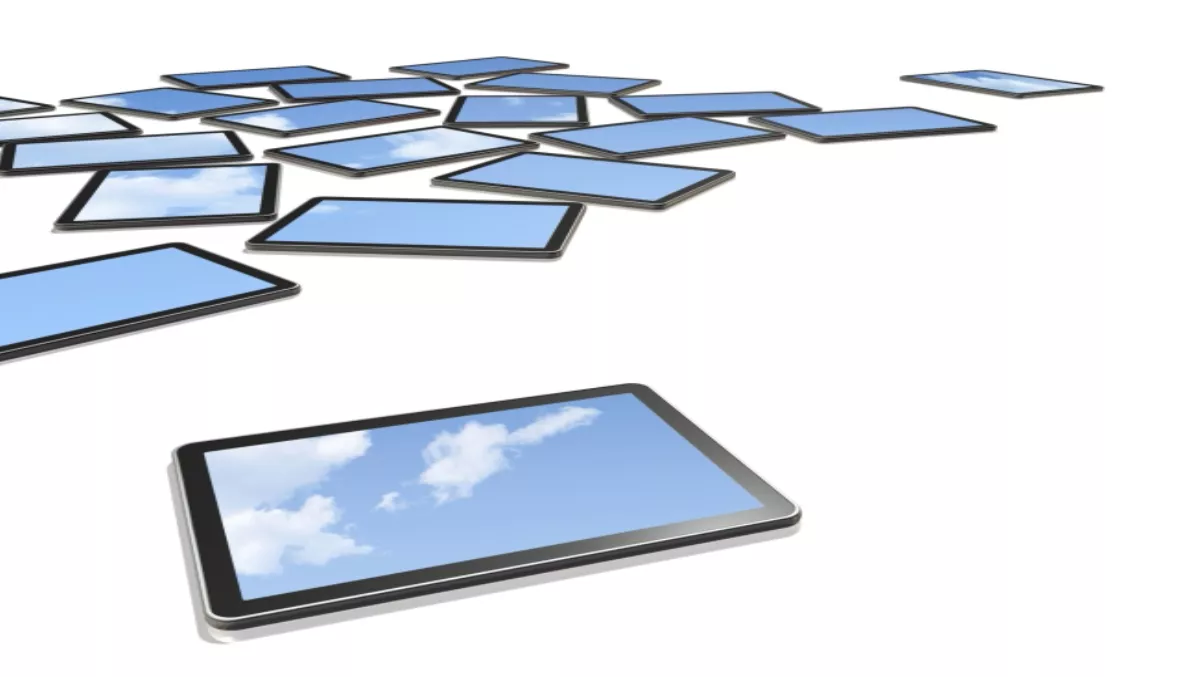
2012 a tipping point for 'IT services'
It may not be immediately obvious to many IT practitioners, but 2012 saw a tipping point in the way many IT departments manage, deliver and conceptualise IT services.
Two interrelated trends across the industry - mobility and consumerisation of enterprise IT - have forced IT departments to shift their focal point from managing desktops and devices, squarely to managing users.
2013 is likely to see this people-centric approach progress even further, as users continue to yield greater influence on the devices and applications in their IT environment.
2012 will perhaps be remembered as the year the Bring Your Own Devices (BYOD) trend became mainstream.
BYOD is symbolic of the acceptance that when given the freedom, users will find the path of least resistance.
Users will seek to make their lives easier (and a perhaps little more fun) by equipping themselves with the tools and processes that will make them the most productive in the context of their work and personal lives.
Encapsulating both mobility and consumerisation, BYOD was facilitated most successfully by those IT departments that adopted a people-centric approach.
Some may argue that users have always been central to the pursuits of IT departments, however in practice it was all too often the desktop or the device that was king.
Many IT departments have attempted to individually manage the plethora of devices that could legitimately access their network.
These practitioners found themselves inundated and overwhelmed, battling compatibility issues and to keep up with upgrades to devices and operating systems.
In contrast, those IT departments which successfully decoupled the user space from the rest of computing and managed the user profile instead of decoupling the desktop were able to readily capitalise on the benefits of the BYOD phenomenon.
In this person-centric environment, where the user is virtualised, thousands of users can be easily managed with policy templates and automatic reconfiguration by device, location or application.
By placing the user at the core of all IT policies, an IT department can provide an improved user experience and regain a flexibility that is lost by siloing user policies against separate devices. Meanwhile, the user-experience remains secure, predictable and personalised.
People-centric IT is closely mimicking what is happening in the business world, particularly in HR, where flexible work arrangements and a focus on empowering individual employees to succeed is key, rather than laying down a set business practice path.
In this climate, work-practices like teleworking can flourish.
In 2013 the spirit of BYOD and a people-centric approach is set to continue and expand to new frontiers.
More and more mobile devices, tablets netbooks are integrated with cloud-based platforms that are crucial in delivering a fully mobile, user-centric platform with a consistent feel across a wide range of formats.
The cloud and BYOD will see the concurrent rise of BYOX - bring your own apps, data, device or anything else you use to do your job. BYOX is about empowering users to get their job done, using the applications and data they need to use, regardless of what device they happen to be using or their location.
Thinking solely about the device will stifle productivity and decrease innovation.
From a technical perspective, a virtualised user will not only help IT departments effectively manage and capitalise on the BYOX phenomenon, but it will also continue to provide the most effective, secure and consistent IT environment to facilitate the flexible workplace practices that have evolved in parallel.
For instance, virtualising the user can help facilitate secure, seamless and productive teleworking, while still giving IT teams oversight and control of the IT environment. 2013 will see the consolidation of management practices that put people and outcomes first.
Beyond decoupling users from their desktops, these practices are decoupling workers from a particular place and particular time, transforming how we perceive work and the workplace forever.
Michael Bosnar, MD, ANZ, AppSense

